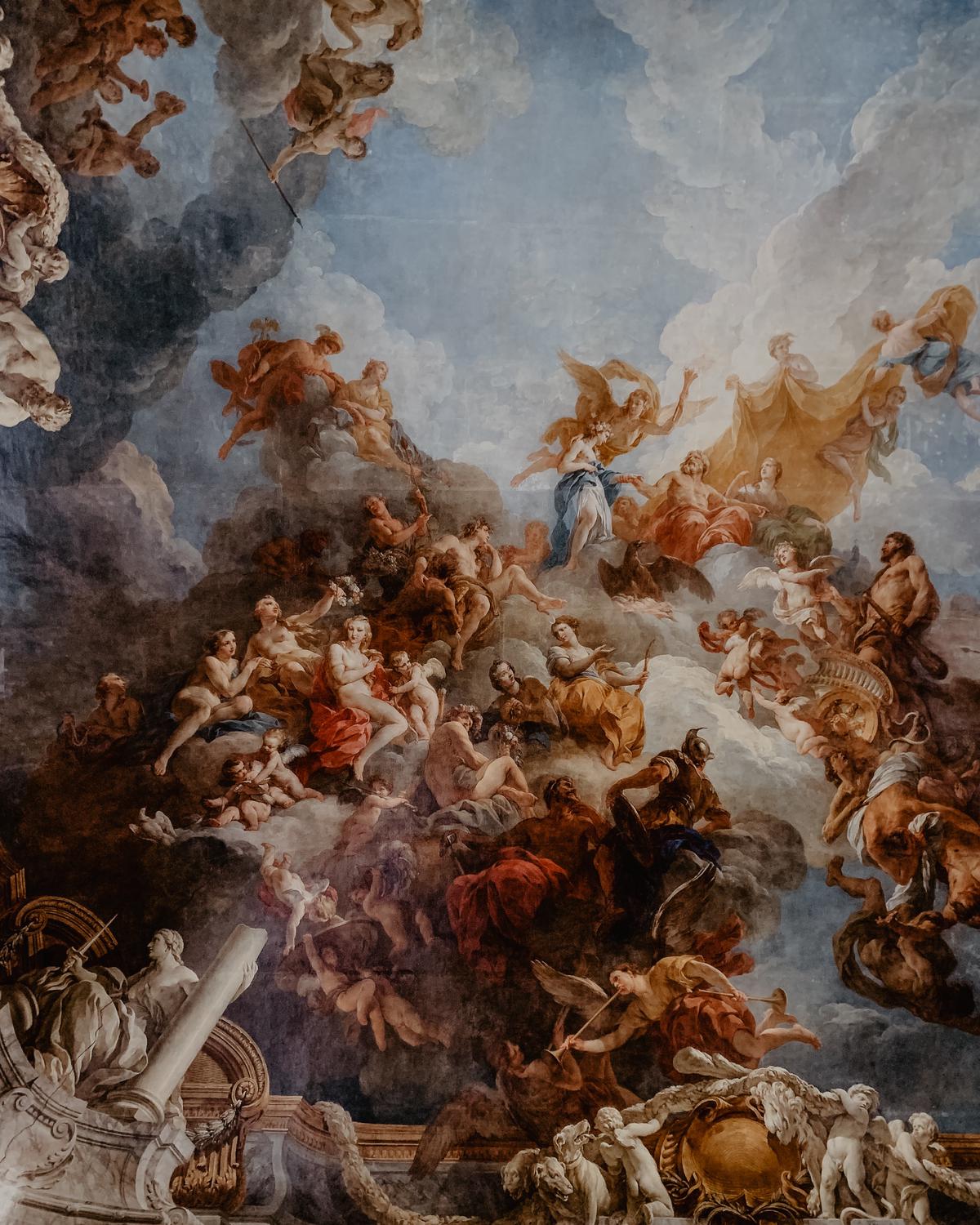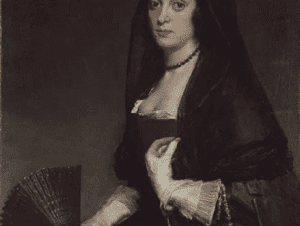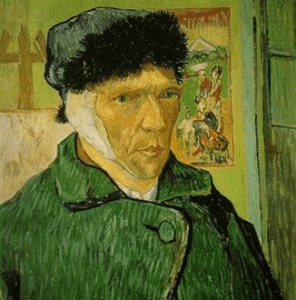The fine tool of art restoration stands as an unsung hero in the preservation of our cultural heritage. Across the centuries, art restoration experts have painstakingly been breathing life back into time-worn pieces that bear humankind’s history, culture, and creativity. However, it is crucial to remember that art restoration is not merely a labour of retouching pigments or mending cracks, it is also a battle against time and neglect. By delving into the importance of art restoration, understanding its techniques, including the challenges and ethical considerations it brings, as well as looking into its modern innovations, we could gain a deeper appreciation of this essential practice. This knowledge further cements the role of art restoration in shielding our past, inspiring our present, and preparing for our future.
Understanding the Importance of Art Restoration
The Importance of Art Restoration
Art restoration is the process of restoring artworks that may have been damaged due to several factors including time, climate, mishandling, and accidents. This is a fundamental part of what keeps our history and culture alive, as these works of art often represent significant periods in our global past, carrying stories and representations that are essential to our understanding of different eras and locations.
The Consequences of Neglect
Like any tangible artifact, works of art are susceptible to decay. Materials deteriorate under environmental conditions; colours fade with exposure to sunlight; canvases can be damaged by water seepage or improper handling. Over time, the original artwork can become almost unrecognisable, losing not only its aesthetic value but also its historical and cultural significance. The absence of proper care and art restoration can lead to irreparable loss of precious cultural artifacts, stripping future generations of the opportunity to witness these works and the historical narratives they hold.
Significant Global Restorations
There are numerous notable examples of art restoration across the globe, each played a critical role in bringing invaluable pieces of our shared history back to life. The meticulous restoration of the Sistine Chapel’s ceiling in Vatican City is one of the most famous examples. Undertaken between 1980 and 1994, this project saw the vibrant colours of Michelangelo’s triumph come back to life, removing years of accumulated soot and grime.
In France, the renowned 19th-century painting ‘Liberty Leading the People’ by Eugene Delacroix was restored after it was vandalised in 2013. The restoration process was meticulous and complex, requiring a profound understanding of the original painting techniques and the use of similar materials to match the original work, thereby retaining its authenticity.
Art Restoration Techniques
Restoration techniques can range from cleaning and stabilisation to more invasive procedures like infilling and in-painting. For instance, surface cleaning involves removing layers of dust, grime, old varnish, or over-paints to reveal the original artwork beneath. It’s a delicate process, as rough technique could potentially damage the underlying original work.
Structural work may involve repairing tears in the canvas or consolidating a flaking paint layer, while aesthetic work comprises techniques like retouching areas of lost paint. All these require expert knowledge of the materials and method used in the original piece, a steady hand, and a respect for preserving as much of the original work as possible.
Emerging Technologies in Restoration
Modern technology has allowed restorers to minimise the invasiveness of restoration processes. Digital imaging, for instance, can now reveal underdrawings or changes made by the artist, which gives crucial information on how the painting was made and aids in planning the restoration process. Similarly, laser cleaning has given restorers the ability to remove layers of dirt and aged varnish without damaging the paint layer beneath.
Art restoration signifies a meticulous blend of scientific knowledge, artistic talent, and historical sensitivity, thereby making it both a technical process and an ethical obligation. It is through this delicate practice of preservation and restoration that we can ensure the longevity of our cultural artefacts, allowing future generations to appreciate, learn from, and reflect on the past.

Fundamentals of Art Restoration Techniques
Cleaning and Consolidation
The process of art restoration typically commences with cleaning, a seemingly straightforward task that demands nothing less than absolute precision. Over time, original colours and intricate details of a painting can be obscured by accumulated grime or discolouration of varnish layers. An assiduous removal of this unwanted layer is achieved through the application of specialised cleaning solutions and the gentle use of soft-bristled brushes. To avoid inflicting damage to the artwork during this stage, an in-depth understanding of various artistic materials coupled with meticulous attention to detail and immense patience are key.
Following cleaning is the crucial phase of consolidation, which directly addresses areas of the artwork that have become weakened or started to flake. During this process, a carefully selected adhesive is employed to reattach any loose paint back to its canvas or panel. The result of this cautious procedure is the successful halting of further damage, extending the artwork’s lifespan and preserving its original aesthetic.
Infilling and Inpainting
Infilling, or loss compensation, is a technique to address areas of an artwork that have been worn away or lost over time. Tiny applications of a filler material matching the original surface’s texture are typically utilised to recreate the painting’s smooth continuity.
Following successful infilling, inpainting is the next step. This involves the careful matching of colours to reproduce the original appearance, painting purely within the lost or damaged areas. Inpainting aims not to forge new artistic elements but to harmonise the restored sections with the surviving original.
Veneering and Lining
Veneering and lining are typically applied to artworks, particularly paintings, suffering from significant structural damage. Veneering involves adhering a thin layer of fresh material onto the original surface, traditionally with hide glue or a more modern synthetic adhesive. This process reinforces the damaged area, essentially forming a second skin to support the weakened artwork.
Lining, similarly, is a technique used to mount a secondary canvas to the rear of the original to provide additional strength. Heat, pressure and adhesive are generally used in the lining process to ensure the original canvas bonds securely with the supplementary one.
Digital Restoration
In today’s increasingly digital-centric world, many artworks are being restored using cutting-edge digital techniques. This process often involves high-resolution scanning of the artwork followed by meticulous digital repair using software like Photoshop. Unlike traditional methods, digital restoration is non-invasive and poses no risk to the original piece, making it an especially suitable option for particularly fragile works.
The Ethics of Art Restoration
Art restoration fundamentally revolves around the principle of ‘reversibility.’ This principle asserts that all methods utilised should be reversible, meaning that future restorers are able to reverse previous restoration efforts if innovative and superior techniques emerge. This philosophy guarantees the optimal preservation of each art piece for the benefit of future generations, perfectly aligning with the central ethical standards within the restoration field.

Challenges and Ethical Considerations in Art Restoration
Art restoration chiefly involves the conservation and repair of artworks, yet occasionally it necessitates intricate tasks to touch up or reconstruct damaged or missing sections. It’s important to note, each phase in this procedure demands substantial contemplation, as there is a delicate balance between maintaining the original artefact’s integrity and altering its authenticity.
One of the major complications is deciding on the appropriate colour to use when retouching the artwork. Some conservators opt for matching the surrounding hues as closely as possible. But it becomes problematic as the original pigments might have faded or darkened over time, hence misleading restorers in choosing the colours. Additionally, the implementation of newer materials and techniques, although intended to enhance stability, may sometimes compromise the artwork’s historical relevance and original qualities.
The concept of authenticity is quite elusive. Yet, it’s central to art restoration. The challenge is to find a balanced approach between making the artwork look as it was in its prime and preserving its current state with all the signs of ageing.
There have been instances in the past where restorations have invited criticism because the restored work appeared too far removed from its original state. This blurs the line between restoration and alteration, leading to debates about the artwork’s authenticity post-restoration. A piece of artwork is not just an object; it carries historical, cultural, and often personal significance, and the worries about losing these aspects during restoration are legitimate concerns.
Art restoration is not without risks. Previous restoration projects bear witness to cases where aggressive cleaning methods have stripped away original features, and where overpainting has altered the artist’s original intent. In more severe cases, misjudgments or accidents during the restoration process have led to catastrophic consequences, causing irreversible damage.
Restorers must, therefore, exercise extreme caution and patience throughout the project. They need a profound understanding of the materials and techniques used by the original artist, as well as the artwork’s historical, cultural, and symbolic context to minimise these risks.
Considering the abovementioned complications and risks, several ethical guidelines have been established for art restoration professionals. The American Institute for Conservation (AIC) Code of Ethics emphasises that the primary goal is to “preserve the cultural property” and to respect the integrity of the original work.
This dictates that any interventions should strive to be minimal and reversible wherever possible. Reversible treatments enable future conservators to undo previous restorations if more advanced techniques become available. This approach maximises the potential for preserving the original work while still enabling some form of improvement or repair. Transparency is paramount in this process, as the restorers should document every step of their work meticulously and communicate any changes or implications to the related stakeholders.
The domain of art restoration encompasses a delicate balance between preserving the authenticity of antiquated masterpieces while ensuring their enduring aesthetic appeal. This is no small feat and demands not only a thorough understanding of the artwork but also the masterful execution of scientific techniques, all the while maintaining strict adherence to conservational ethics for the benefit of future generations.

Photo by neonbrand on Unsplash
The Innovations in Art Restoration
The Synergy of Art and Science in Art Restoration
The art of restoration is at its heart a harmonious marriage of artistic flair and scientific pragmatism. It necessitates a deep-rooted comprehension of chemistry and materials science, as well as a familiarity with technological tools. Contemporary practices in this field gravitate towards the utilisation of state-of-the-art, non-invasive technologies, prioritising precision and sustainability in their methodologies.
Digital Imaging In Art Restoration
Digital imaging, in particular, has revolutionised traditional art restoration techniques. High-resolution imaging provides greater detail, improving diagnostic abilities and leading to more precise restorations. Infrared spectroscopic imaging allows conservators to examine underlying layers of artwork without causing any physical modification or damage. They can easily identify past restoration attempts, detect forgeries and even discover the artist’s original intentions hidden beneath the layers of paint. Multispectral imaging, on the other hand, helps reveal details not apparent to the naked eye, from faded or covered inscriptions to old damages or alterations.
Role of Lasers in Art Restoration
Laser technology has also made significant contributions. Lasers are used in cleaning the surface of artworks in a process called laser ablation. Here, pulsed laser beams remove layers of grime, varnish, or paint, without affecting the original art surface beneath. This method is known for its precision and control, enabling highly targeted cleaning without any risk of manual errors that can lead to irreversible damage.
Additionally, laser-induced fluorescence is employed in determining the organic and inorganic materials present in the artwork. This is especially useful when deciding on what conservation techniques and materials to use, and identifying any chemical threats the artwork might be subject to.
Nanomaterials Modernising Traditional Techniques
The use of nanomaterials is another upward trend in the realm of art restoration. These exceptionally small particles can penetrate deeper into the artwork without causing any discoloration or leaving residues, unlike traditional restoration materials. Nanocellulose, nanomagnets, and nanocarriers have been used for various purposes, including to consolidate damaged works of art, extract harmful substances or introduce protective elements.
Nanotechnologies also offer improved ways to prevent damage from environmental factors. They provide innovative solutions for protection from harmful UV emissions, pollutants and moisture. Thus, nanoscale materials are not only facilitating detailed restoration, but also optimising long-term conservation strategies.
Emerging Trends in Art Restoration
3D printing is emerging as a valuable tool, especially in the restoration of 3-dimensional artworks. If a part of a statue or relief has been lost or damaged, 3D scanning and printing technologies can help create an exact replica of the missing part, which can then be inserted skillfully without causing any harm to the original.
In conclusion, art restoration has evolved a long way from its traditional methods. It now encompasses various fields of science, uses sophisticated equipment, and invokes forward-thinking procedures. These advanced techniques, such as digital imaging, lasers, nanomaterials and 3D technology, are greatly enhancing accuracy, effectiveness and sustainability of art restoration.

As we step into the future, it becomes even more vital to preserve our past. Art restoration techniques, when employed with knowledge and sensitivity, ensure that future generations can interpret and appreciate the artistic interpretations of life from times gone by. Innovations and technological advancements promise more effective restoration and conservation methods, allowing us to safeguard cultural treasures in ways our ancestors could never have imagined. Yet, the ethical path in art restoration must not be overshadowed by technological prowess. The debate on authenticity and potential risks will always be present in this practice. By recognising these challenges, we get a faithful glimpse into the delicate balance between preservation and alteration, the very essence that defines art restoration. Embracing this exceptionally intricate process is thus, acknowledging the priceless value of our collective human heritage.






Responses